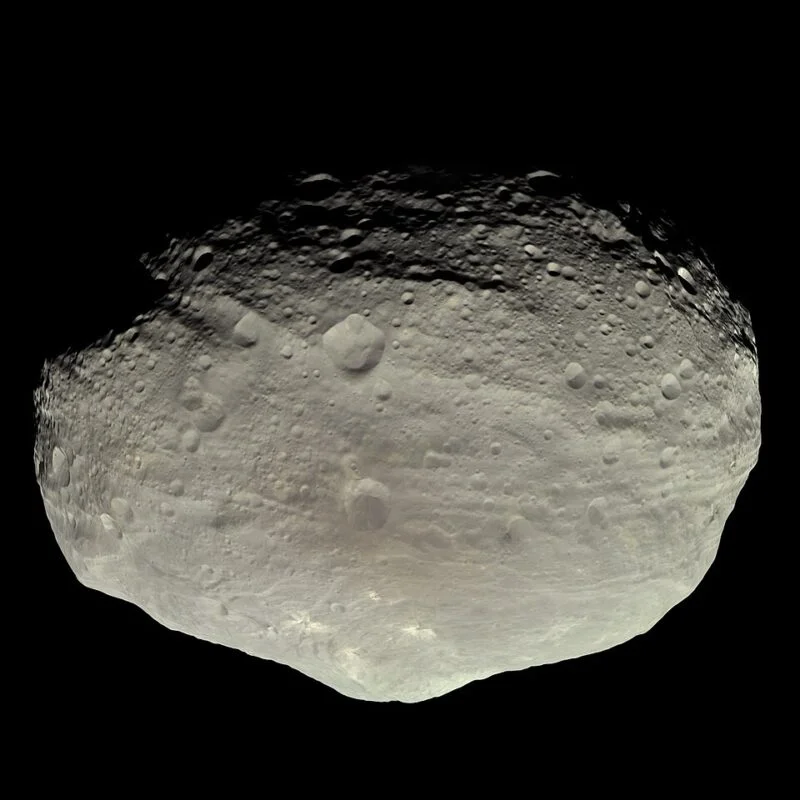
Asteroid Vesta: Shattered Planet Fragment or Stalled Protoplanet? New Research Sparks Debate
Is asteroid Vesta a surviving protoplanet, a relic from the solar system's early days, or is it something far more dramatic – a fragment of a long-lost planet, shattered by a colossal impact billions of years ago? New research is shaking up what we thought we knew about this intriguing space rock.
For decades, Vesta, the second-largest object in the asteroid belt, was considered a protoplanet, a celestial body on its way to becoming a fully-fledged planet. NASA's Dawn mission, which orbited Vesta in 2011 and 2012, seemed to confirm this, revealing a differentiated structure: a core, mantle, and crust, similar to Earth. But scientists are now questioning this conclusion, thanks to improved data processing and new analyses of Dawn's data.

The heart of the debate lies in Vesta's moment of inertia, a measure of how mass is distributed within the asteroid. Earlier analyses suggested a distinct, dense core. However, a revised analysis, led by Seth Jacobson of Michigan State University, indicates that Vesta may lack a core entirely. "The lack of a core was very surprising," said Jacobson.
This discovery throws a wrench into the established narrative. Rocky planets differentiate; heavy elements sink to the center, forming a core. If Vesta lacks a core, what is it? Here, scientists present two plausible (and intriguing) scenarios :
Scenario 1: Stalled Differentiation: Vesta began to differentiate, but the process stopped prematurely. Volcanism, evident from basaltic materials on Vesta's surface, heated the interior, but perhaps not enough, or for long enough, for complete differentiation.
Scenario 2: A Planet Fragment: Vesta is a piece of a larger, differentiated planet that was shattered by a massive collision in the early solar system. This would explain Vesta's volcanic rock without the need for internal differentiation.
Jacobson favors the second explanation. "This idea went from a somewhat silly suggestion to a hypothesis that we're now taking seriously due to this re-analysis of NASA Dawn mission data," he said.
Evidence from HED meteorites, believed to have originated from Vesta, complicates the picture. These meteorites don't show obvious signs of incomplete differentiation, which clashes with the stalled differentiation scenario. This lends more weight to the hypothesis that Vesta is a chip off an old – planetary – block.

The implications are profound. If Vesta is a planet fragment, then many other asteroids could also be remnants of ancient, shattered worlds. Upcoming missions, such as NASA's Psyche and OSIRIS-APEX, and the ESA's Hera, will conduct similar gravity experiments to model the internal structures of other asteroids. These findings could dramatically reshape our understanding of the asteroid population and the early solar system.
The mystery of Vesta persists. Is it a failed planet, stubbornly clinging to its protoplanetary status? Or is it a tantalizing glimpse into a violent past, a fragment of a world that might have been? More research is needed to unravel this cosmic puzzle. Could Vesta even be a piece of the early Earth itself?
What do you think? Share your thoughts in the comments below!